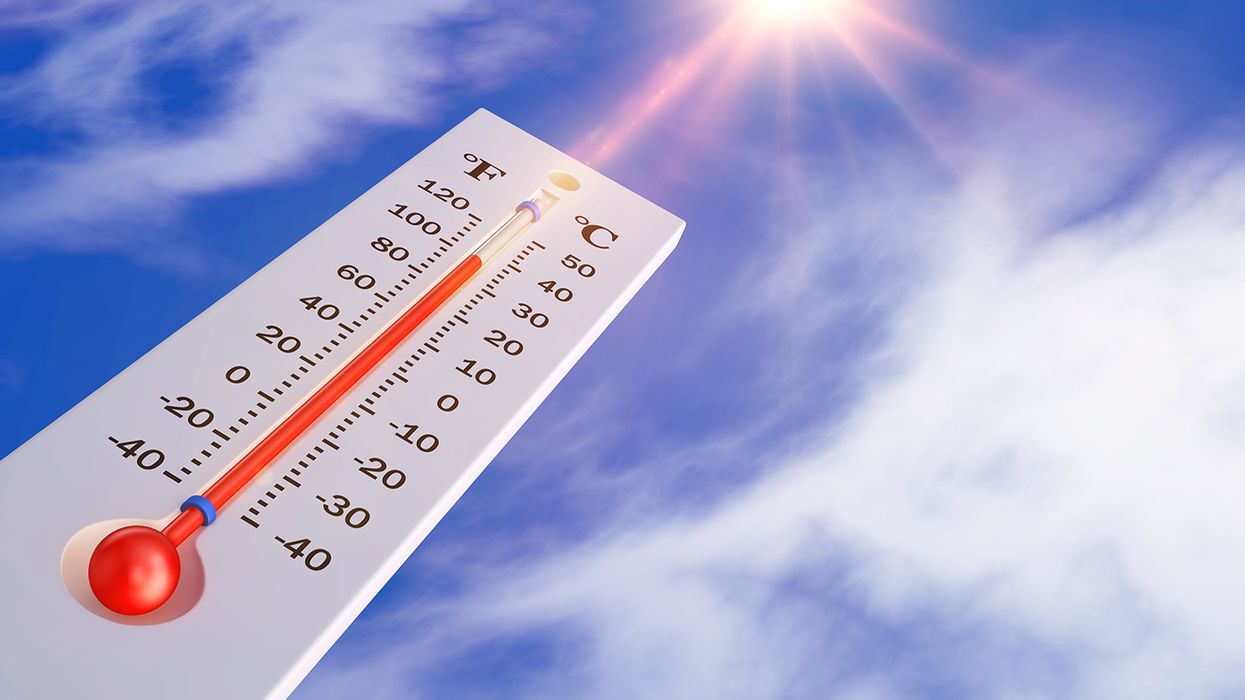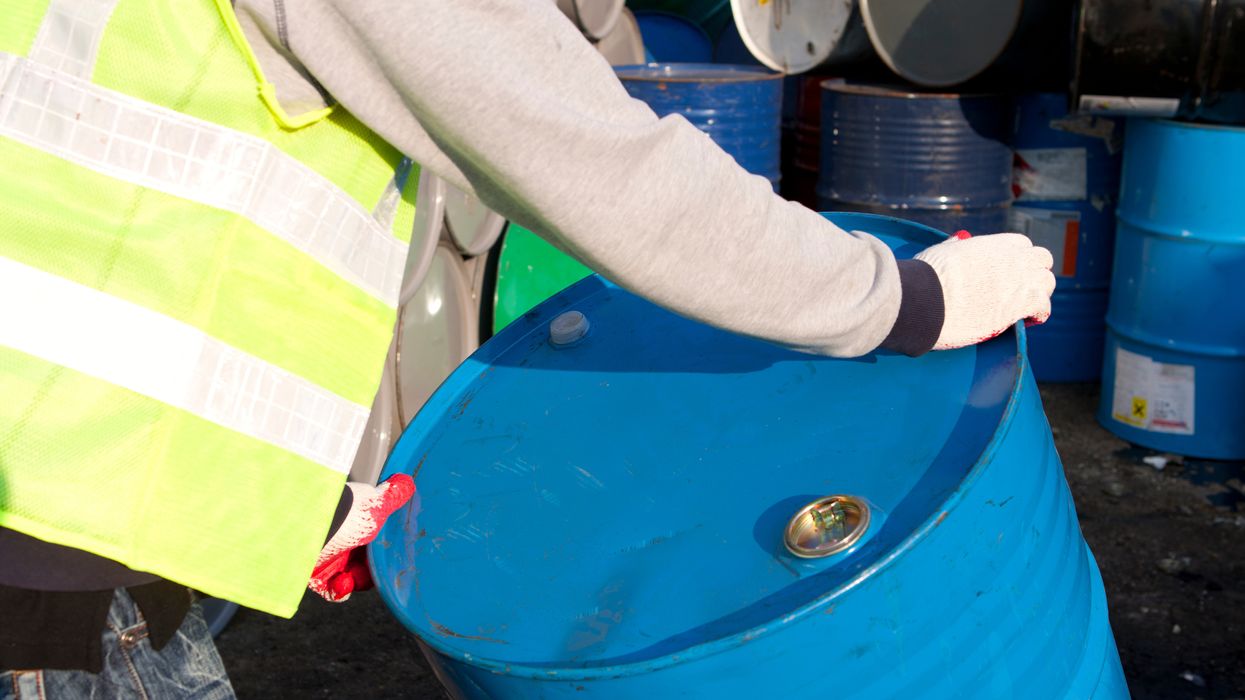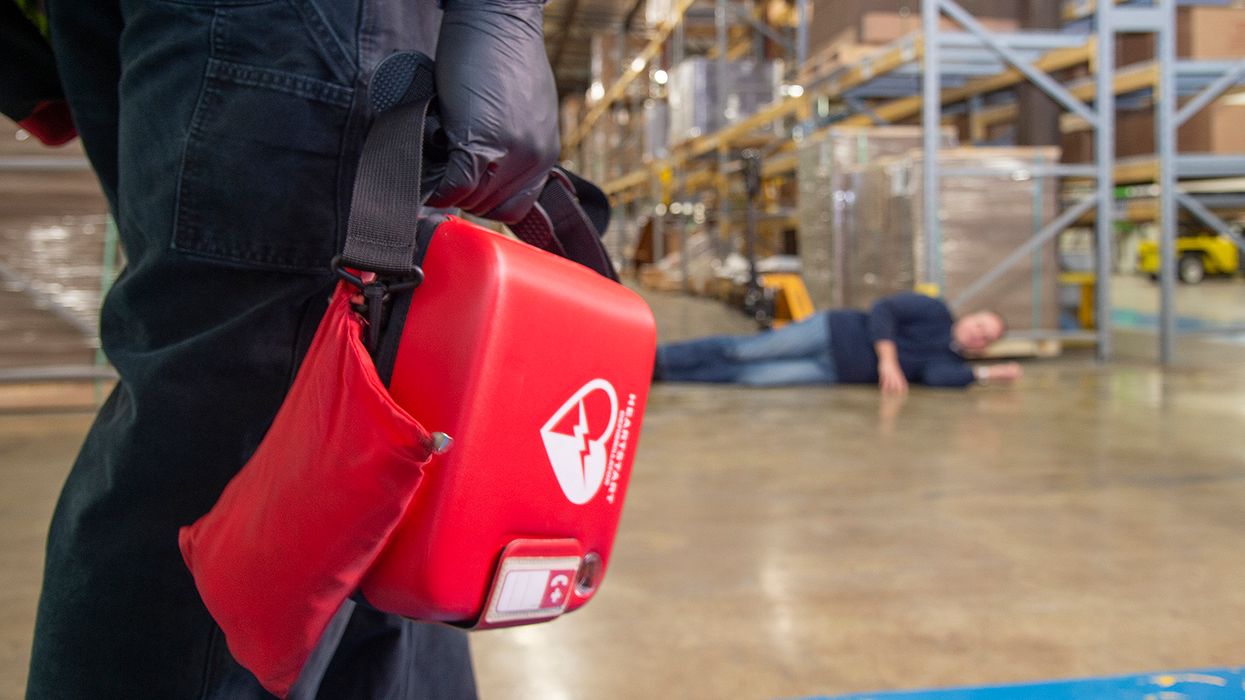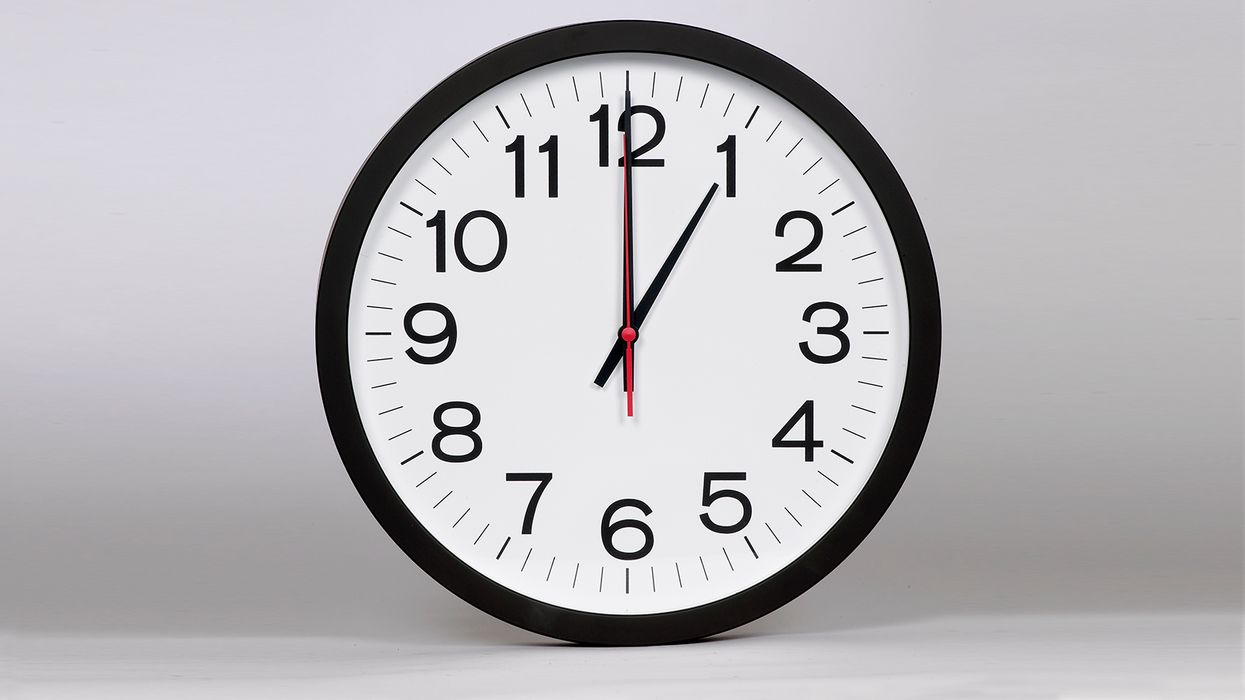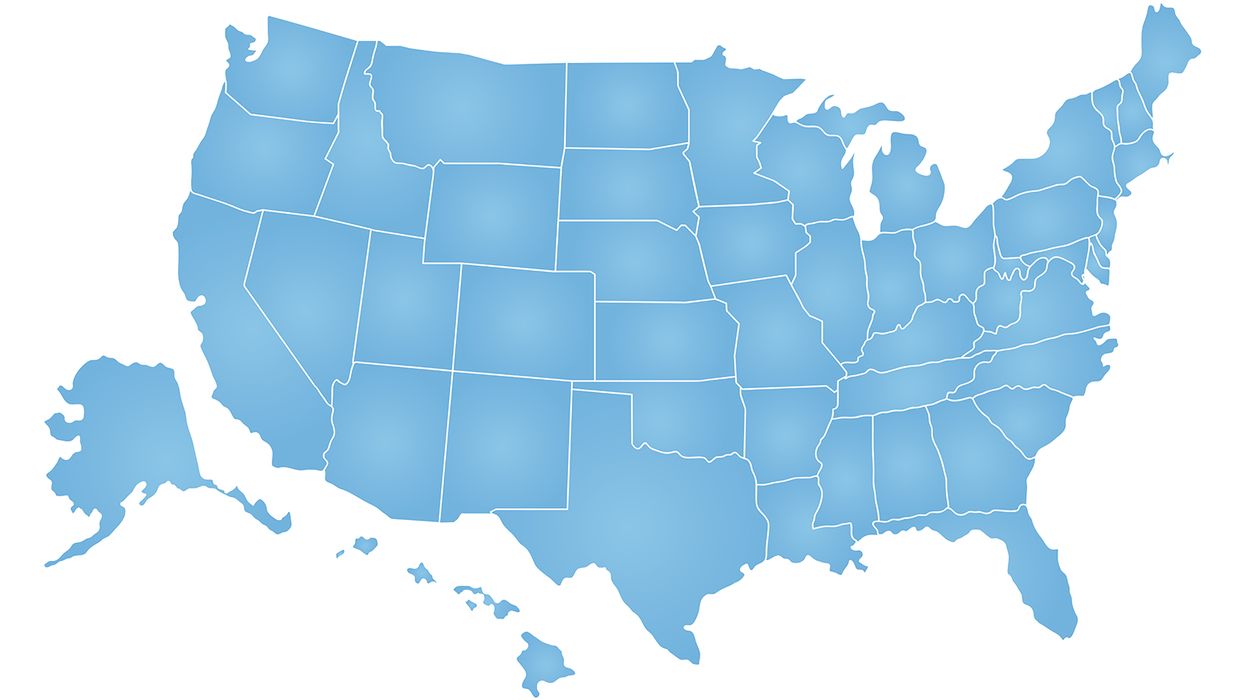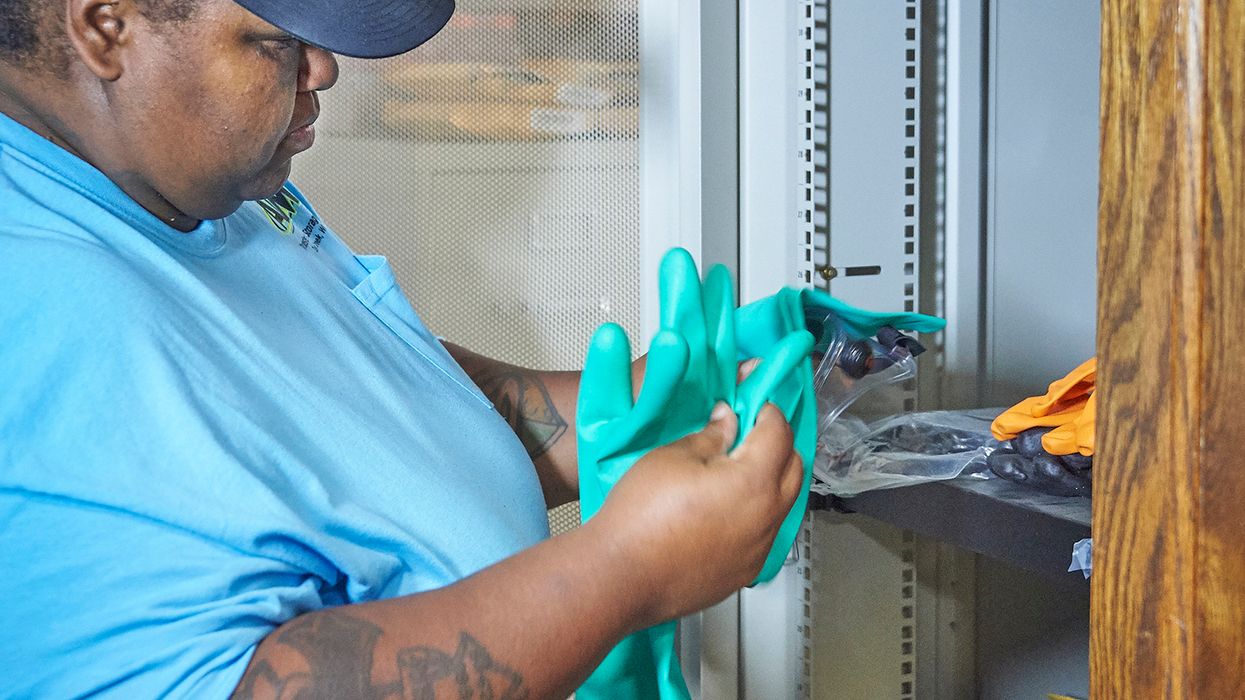November 2021 – Drugs and Alcohol
The COVID-19 pandemic brought stress, uncertainty, and an increase in substance abuse that could have effects for years to come.
During the pandemic:
Alcohol use and abuse rose. A Journal of Environmental Research and Public Health study found that in March and April 2020:
- 60 percent of people drank more and
- More than 34 percent of people reported binge drinking.
Before the pandemic, 25 percent of people reported binge drinking.
Drug use increased. As of June 2020, 13 percent of Americans started or increased substance use to cope with the stress of COVID-19, according to the Centers for Disease Control and Prevention (CDC).
Drug overdoses hit new highs. Drug overdoses increased by more than 30 percent between January 2020 and January 2021.
Cause for concern
The increase in substance abuse is a disturbing trend. Substance abuse can linger even after a crisis passes, with repercussions continuing to be felt years later.
Based on patterns of abuse shown after other collective times of stress (such as natural disasters or the 9/11 terrorist attacks, for example), the journal study notes that more alcohol misuse and dependence will likely occur in 2022 or 2023.
This will make an impact on:
- Personal health: Substance abuse brings more injuries from falls or burns and has long-term effects that include cancer and liver problems. There is also a risk of death due to overdose.
- The workplace: When employee performance is impaired by alcohol and drugs, absenteeism and accidents increase and productivity goes down.
- Communities: Substance abuse contributes to public health problems including domestic violence, child abuse, motor vehicle crashes, suicide, and crime.
Are you drinking too much?
More than 14 million adults have an alcohol use disorder, an inability to control their drinking despite negative consequences. Some drinking patterns increase a person’s risk for developing an alcohol use disorder, including:
Binge drinking: Five or more drinks within two or three hours for men; Four drinks within two or three hours for women.
Heavy drinking: Fifteen or more drinks a week for men; Eight or more drinks a week for women.
Excessive alcohol use brings a number of health issues, increasing the risk for:
- Liver disease
- Cancer
- Heart disease
- High blood pressure
- Birth defects
Alcohol may also increase anxiety and depression and can diminish sleep quality, making it tougher to cope with stress.
In addition, drinking can make it tougher for your body to fight off infections, and make it harder to recover if you get sick.
By the numbers
About 70 percent of adults with an alcohol or illicit drug use disorder are employed.
About 13.6 million workers have an alcohol or illicit drug use disorder.
About 13.4 million are in recovery or have recovered from a substance abuse problem.
Source: National Survey on Drug Use and Health
Reversing the trend
It’s not a simple matter to stem the increase in drug and alcohol abuse. However, these steps can help:
Healthy coping strategies: Promoting healthy ways to cope with stress, such as physical activity, meditation, and connecting with others, can help people make better choices during stressful times.
Support for mental health: A focus on mental health can take away the stigma and make people feel comfortable talking about issues and seek help rather than turning to drugs and alcohol.
Awareness: Drug and alcohol addiction can be successfully treated. Effective treatment and follow-up can help a person stay drug-free and lead a productive life.
Access to treatment: Telemedicine can make it easier for people to access treatment for substance abuse and mental health issues.
Moderation reduces risk
To reduce the risk of harm from alcohol, choose not to drink, or drink in moderation. That’s limiting drinking to no more than two drinks a day for men or one for women.
Defining a “drink”
When looking at the amount of alcohol you are consuming, consider the size of the glass you are holding. It might contain more than one “drink.”
A standard drink is defined as:
- 12 ounces of beer (5 percent alcohol content)
- 8 ounces of malt liquor (7 percent alcohol content)
- 5 ounces of wine (12 percent alcohol content)
- 1.5 ounces of liquor (40 percent alcohol content)
To avoid excessive drinking, be aware of how much alcohol is in your glass. A glass of beer poured in a pub might be 16 or 20 ounces, which is more than a standard drink.
If you need help
Support is a critical part of recovery from substance abuse. For information on where to get help:
- Contact your health care provider.
- Get in touch with your company’s employee assistance program (if provided).
- Check out the Virtual Recovery Resources from the Substance Abuse and Mental Health Services Administration (SAMHSA).
- Call the SAMHSA National Helpline at (800) 662-4357 (HELP).



























